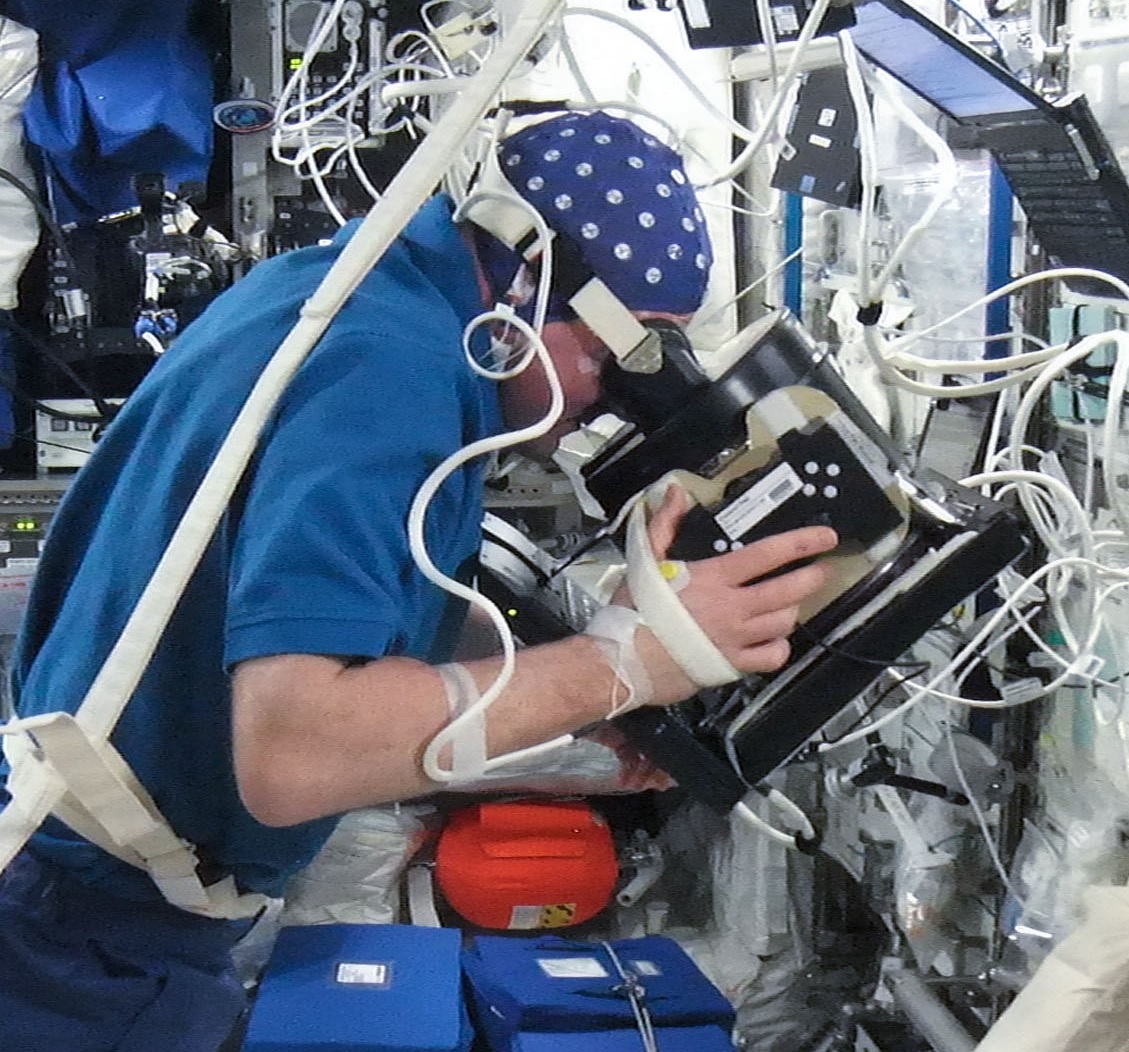Local sleep episodes during wakefulness

Adequate sleep quantity and intensity is required to oversee brain plasticity which in turn controls vigilance, cognitive and learning processes [1]. Sleep is regulated by two oscillatory processes. The circadian process oscillates on a near 24 hours and defines the sleep inclination periods [2]. Most of the time, the circadian process is synchronized with the light/dark cycle. Regulated separately but in concomitance with the circadian process, the homeostatic process, represented by sleep pressure, builds up with the time spent awake. High sleep pressure markers can be observed during wakefulness, by a reinforcement of theta activity (5-8Hz), and while asleep, by an increase of delta activity (0.5-4Hz), also called slow wave sleep [3].
Slow wave sleep is thought to be the time when neurons perform cellular maintenance [4]. Recently, it has been shown that similar local sleep episodes can be observed in awake rodents [5]. Using scalp electroencephalography (EEG), local sleep-like events have also been studied in awake humans after a period of sleep deprivation [6].
Experimental evidence indicates that astronauts tend to experience sleep deficiency on board of the international space station (ISS), at least until their circadian clock is realigned with the new environment [7].
The aim of the project is to understand how sleep deficiency reported by most astronauts in space impacts sleep pressure by exploring local electrophysiological markers and how these markers are correlated to cognitive performances. First, we analysed human wake EEG data acquired on board the international space station (ISS) during the Neurospat experiment. Allowing us to study local sleep-like events occurrences during wakefulness in 5 astronauts throughout their 6 months’ mission. As a second step, we compared our findings to waking EEG data recorded in 13 participants staying in isolation at the Antarctic Concordia Station during the 8 months of winter. Providing valuable information on how confinement and space like environment impact sleep pressure and how physical activity can be an efficient countermeasure.
the project
In the framework of an Ariadna project, the ACT and the Laboratory of Neurophysiology and Movement Biomechanics at the University of Brussels (ULB) are investigating local sleep-like events during wakefulness and their relationship to decrease in alertness in five astronauts on the International Space Station.
In the framework of MoU, the ACT and the Institute of Movement and Neurosciences at the German Sport University Cologne (DSHS) are investigating physical exercise, mood and sleep pressure during isolation at the Antarctic Concordia Station.
literature
- G. Tononi and C. Cirelli, "Sleep and the Price of Plasticity: From Synaptic and Cellular Homeostasis to Memory Consolidation and Integration” Neuron, vol. 81, no. 1, pp. 12–34, 2013. https://doi.org/10.1016/j.neuron.2013.12.025
- D.J. Dijk and C. A. Czeisler, “Contribution of the Circadian Pacemaker and the Sleep Homeostat to Sleep Propensity, Sleep Structure, Electroencephalographic Slow Waves and Sleep Spindle Activity in Humans,” J. Neurosci., vol. 15, no. May, 1995. https://dx.doi.org/10.1523%2FJNEUROSCI.15-05-03526.1995
- A. A. Borbély, S. Daan, A. Wirz-Justice, and T. Deboer, “The two-process model of sleep regulation: A reappraisal” J. Sleep Res., vol. 25, no. 2, pp. 131–143, 2016. https://doi.org/10.1111/jsr.12371
- V. V. Vyazovskiy and K. D. Harris, “Sleep and the single neuron: the role of global slow oscillations in individual cell rest” Nat. Neurosci., vol. 14, no. June, pp. 443–451, 2013. https://www.ncbi.nlm.nih.gov/pmc/articles/PMC3972489/
- V. V. Vyazovskiy, U. Olcese, E. C. Hanlon, Y. Nir, C. Cirelli, and G. Tononi, “Local sleep in awake rats” Nature, vol. 472, no. 7344, pp. 443–7, 2011. https://www.ncbi.nlm.nih.gov/pmc/articles/PMC3085007/
- C.S. Hung et al., “Local Experience-Dependent Changes in the Wake EEG after Prolonged Wakefulness” Sleep, vol. 36, no. 1, pp. 59–72, 2013. https://dx.doi.org/10.5665%2Fsleep.2302
- E. E. Flynn-evans, L. K. Barger, A. A. Kubey, J. P. Sullivan, and C. A. Czeisler, “Circadian misalignment affects sleep and medication use before and during space flight” NPJ Microgravity, vol. 2, no. 2016, pp. 1–6, 2016. https://www.nature.com/articles/npjmgrav201519